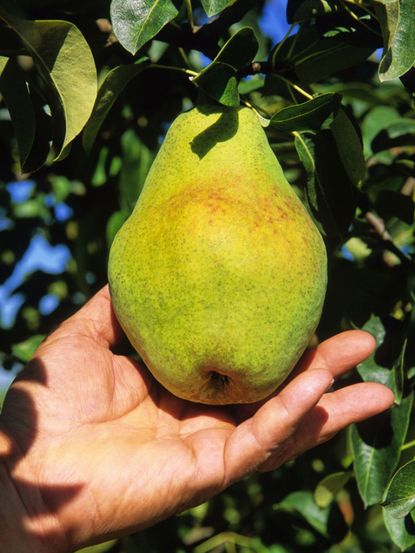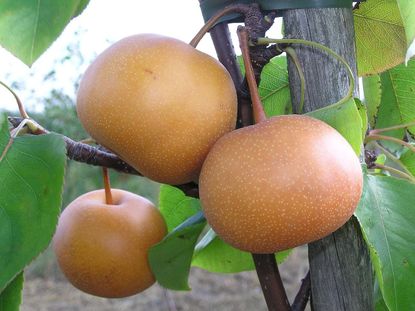Pear Trees
Crunching into a perfectly ripe pear is one of life’s pleasures. So if you crave the crunchiest, sweetest fruits that dribble down your chin, you’ve come to the right place. Our guides show you how to plant, train, thin and propagate your pear trees for the most luscious harvests.
-
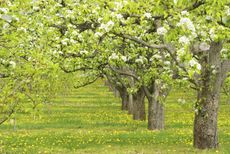
Pear Tree Pollination Guide – Learn About Pear Trees And Pollination
There are several pear tree pollination guides available but there are also some simple rules that will help you choose the best trees with the greatest chance of producing. This article will help with the cross-pollination of pear trees.
By Bonnie L. Grant
-
Summercrisp Pear Info – Growing Summercrisp Pears In The Garden
Summercrisp trees can tolerate punishing cold as low as -20 F. (-29 C.), and some sources say they may even tolerate frigid temps of -30 F. (-34 C.). Want to know more about cold hardy Summercrisp pears? Learn how to grow Summercrisp pears in this article.
By Mary H. Dyer
-
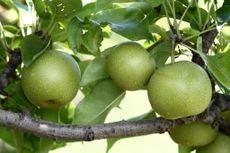
What Is A Shinseiki Pear – Tips For Growing Shinseiki Asian Pears
Shinseiki pear trees make a great addition to the home garden or small orchard. They grow in a pleasing shape, have pretty spring blooms, and produce fruit abundantly. These apple-like pears are firm and crisp and delightfully sweet. Learn how to grow them here.
By Mary Ellen Ellis
-
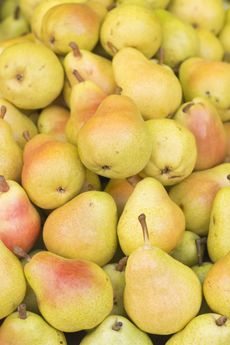
Pear Tree Cold Tolerance: Pears That Grow In Cold Winters
Pear trees are pretty and produce spring flowers and tasty fall fruit that can be enjoyed fresh, baked, or canned. But, if you live in a cold climate, growing any kind of fruit tree can be challenging. Click this article to find pears for cold climates.
By Mary Ellen Ellis
-
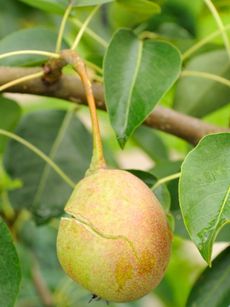
Why Do Pears Split – What To Do For Split Pear Fruit
A fairly common problem with pears is split pear fruit. Why do pears split? Cracking of pear fruit all comes down to one common denominator. Click this article to find out what causes pears to split and if there is a remedy when pears are splitting.
By Amy Grant
-
Pear Crown Gall Treatment: What Causes Pear Crown Gall
A disease commonly found in fruit tree nurseries and orchards is crown gall. The initial symptoms of a pear tree with crown gall are light colored galls that gradually become dark and harden. So is there a treatment for the disease? Learn more in this article.
By Amy Grant
-
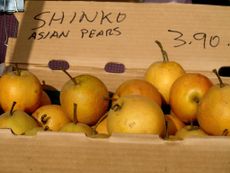
Shinko Asian Pear Info: Learn About Shinko Pear Tree Growing And Uses
Shinko Asian pears are large, juicy fruits with a rounded shape and attractive, golden-bronze skin. Shinko pear tree growing isn’t difficult for gardeners in USDA plant hardiness zones 5 through 9. Click this article for more Shinko Asian pear information.
By Mary H. Dyer
-
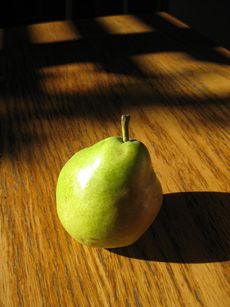
Cultivating An Early Gold Pear: How To Grow Early Gold Pears
For a tree that produces an abundance of tasty, early fruit and that will resist some diseases while being hardy even in the coldest areas of the continental 48 states, consider cultivating an Early Gold pear in your backyard orchard. Learn more in this article.
By Mary Ellen Ellis
-
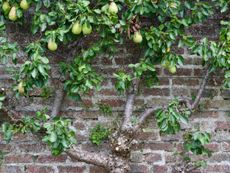
Espalier Pear Tree Maintenance: How To Espalier A Pear Tree
An espaliered tree is a flattened tree grown alone one plane. By careful pruning and training, you can espalier a pear tree along the wires of a trellis. For information on how to espalier a pear tree, this tree will help
By Teo Spengler
-
Pear ‘Golden Spice’ Info – Learn About Growing Golden Spice Pears
Golden Spice pear trees can be grown for the tasty fruit but also for the pretty spring flowers, attractive shape, and nice fall foliage. This is a great fruit tree to grow in suburban and urban yards, as it tolerates pollution well. Learn more in this article.
By Mary Ellen Ellis
-
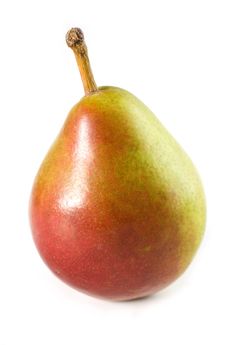
Pyrus ‘Seckel’ Trees: What Is A Seckel Pear Tree
If you are thinking of adding a pear tree to the home orchard, take a look at Seckel pears. What is a Seckel pear tree? It’s a type of fruit tree that produces fruit so sweet they are called Seckel sugar pears. Click this article for more information.
By Teo Spengler
-
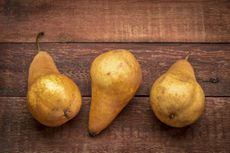
Winter Pear Varieties: Growing Winter Pears In The Garden
There are two seasons of pear varieties: summer and winter. Winter pear varieties require cold storage before they can start ripening while summer pears do not. One reason for growing winter pears is their long life of storage. Learn about winter pears in this article.
By Bonnie L. Grant
-
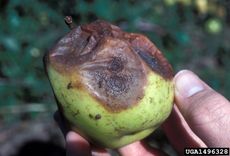
Do You Have Spots On Pears – Learn About Bitter Rot On Pear Trees
Fruits with soft, necrotic spots may be victims of bitter rot on pear. This is primarily an orchard disease but may affect homegrown fruit. Pears with bitter rot will become inedible. Learn how to prevent bitter pear rot in your plants by clicking this article.
By Bonnie L. Grant
